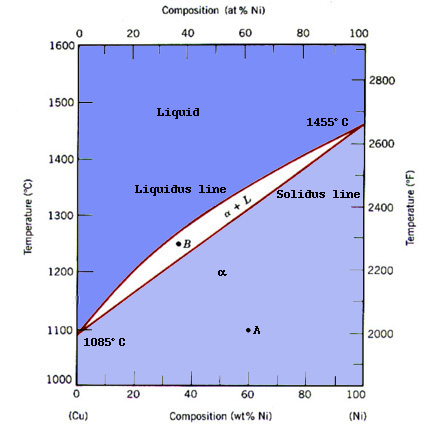
As suggested by Dr. Kriz, each member of the scientific visualization group has contributed to a tutorial on how to duplicate the feats that are shown in this project. Hopefully, this tutorial will aid future 2094 classes and any other vistors to our project, with clickable maps, mpeg movies, scanning pictures, and basic HTML markup. Though not very advanced, the tutoials will help to familiarize the viewer with the basic concepts behind each area. Links to other sites with more advanced techniques and software have been provided, so that once the viewr masters the basics they can move on, and further develop the what we've started here. The ultimate goal of these tutorials is to have the Class web sites become more and more ellaborate as the years pass. All the images produced and collected by the scientific visualization group and other members of the class have been harnessed into a Visual Library. This library was used in the final stages of the project to give all the project members a chance to view, choose, and critisize the images as they were produced. This proved to be extremely effective in creating links between pages that were on simular topics. As members viewed pictures that they wanted to use, they were able to see who else was using them. From this association people were able to make coorelations between the analytical conepts, the experimental, and the applications portions of the project. This is just another way that scientific visualization aided this project in sucessfully teaching users about phase diagrams.
http://www.eng.vt.edu/eng/materials/classes/MSE2094_NoteBook/
Group Members
Ben Hailer, Christiana Boone, Drew Galloway, Ken Jennings, Allen Matthys, Keith Knipling
View the Original Contract.
James Myers 4/30/96
96ClassProj/sciviz/frontsv.html